Zirconia Block Innovations: High-Strength Esthetics Trends 2025
2025-09-30
2025-09-22
The advent of 3D printing has ushered in a new era for dental prosthetics, allowing practices to produce custom solutions in-house with remarkable speed and precision. In 2025, this technology is no longer experimental; it's a staple in clinics worldwide, reducing reliance on external labs and cutting turnaround times from weeks to hours. By using biocompatible materials like resins and metals, dentists can create crowns, bridges, dentures, and even orthodontic aligners tailored to individual anatomies, ensuring better fits and fewer adjustments.
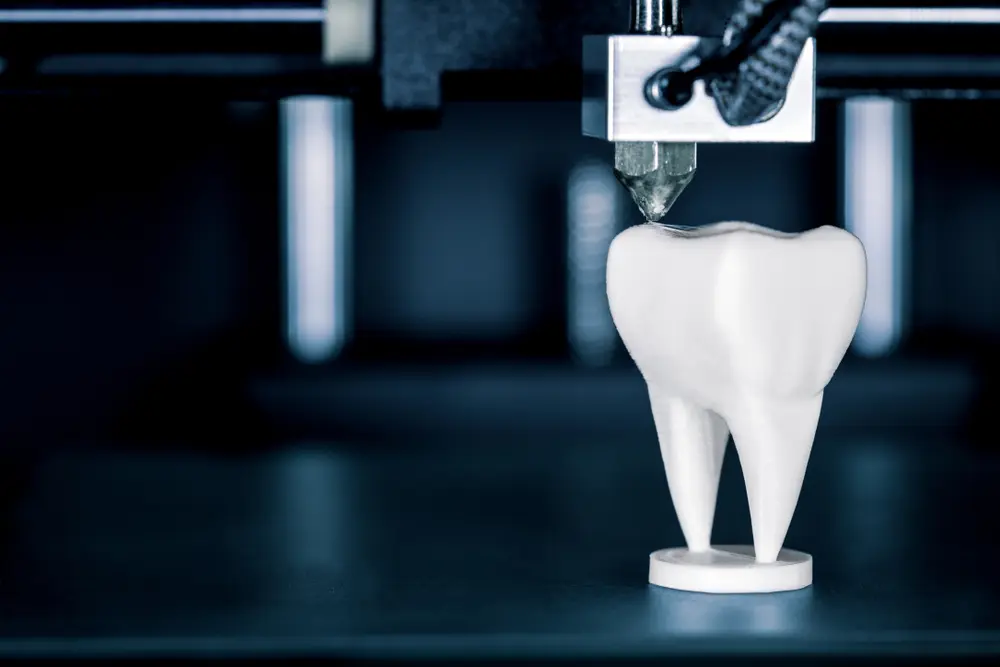
Key advancements include improved material science, where new composites offer enhanced durability and aesthetics. For instance, 3D-printed prosthetics now mimic natural tooth enamel more closely, with layers that provide strength while maintaining translucency. This is particularly transformative for implant procedures, where printed guides ensure accurate placement, minimizing surgical risks and recovery time. Practices equipped with desktop 3D printers can iterate designs quickly, incorporating patient feedback in real-time, which boosts satisfaction and outcomes.
Cost-effectiveness is another major benefit. Traditional prosthetics involve labor-intensive processes, but 3D printing streamlines production, lowering expenses by up to 50% for some items. This democratizes access to high-quality care, especially in rural or developing regions. Moreover, the technology supports sustainability by reducing waste—printers use only the necessary material, unlike milling methods that discard excess.
Challenges persist, such as ensuring regulatory compliance for printed devices and training staff on software. However, with user-friendly interfaces and AI-assisted design tools, adoption is accelerating. Future perspectives point to bio-printing, where living tissues could be printed for regenerative applications, potentially revolutionizing full tooth replacements.
Ultimately, 3D printing's in-house innovation is empowering dentists to deliver personalized, efficient care. As we move through 2025, this technology will continue to evolve, making dental prosthetics more accessible and advanced than ever before.

Dry & wet milling for zirconia, PMMA, wax with auto tool changer.
learn more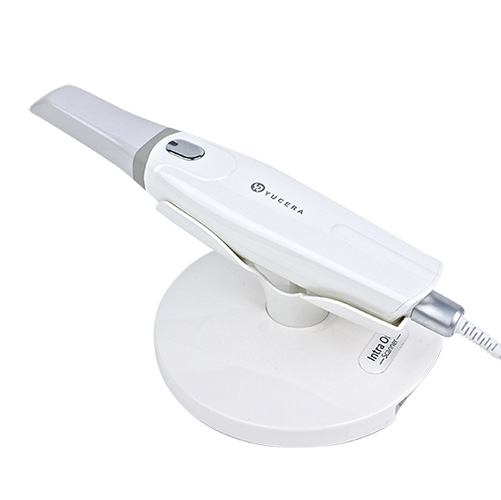
High-precision 3D scanning, AI calibration, full-arch accuracy.
learn more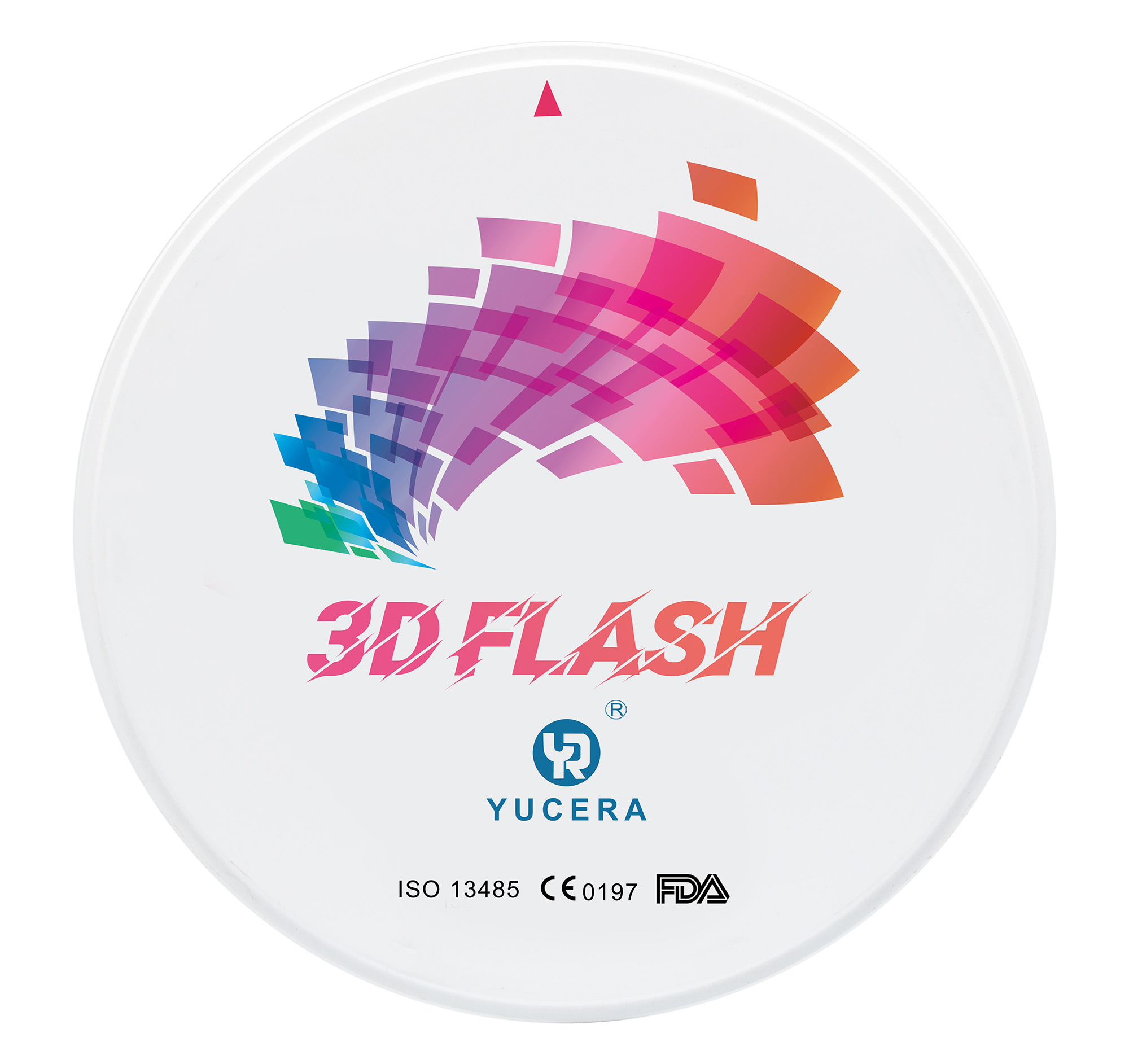
40-min full sintering with 57% incisal translucency and 1050 MPa strength.
learn more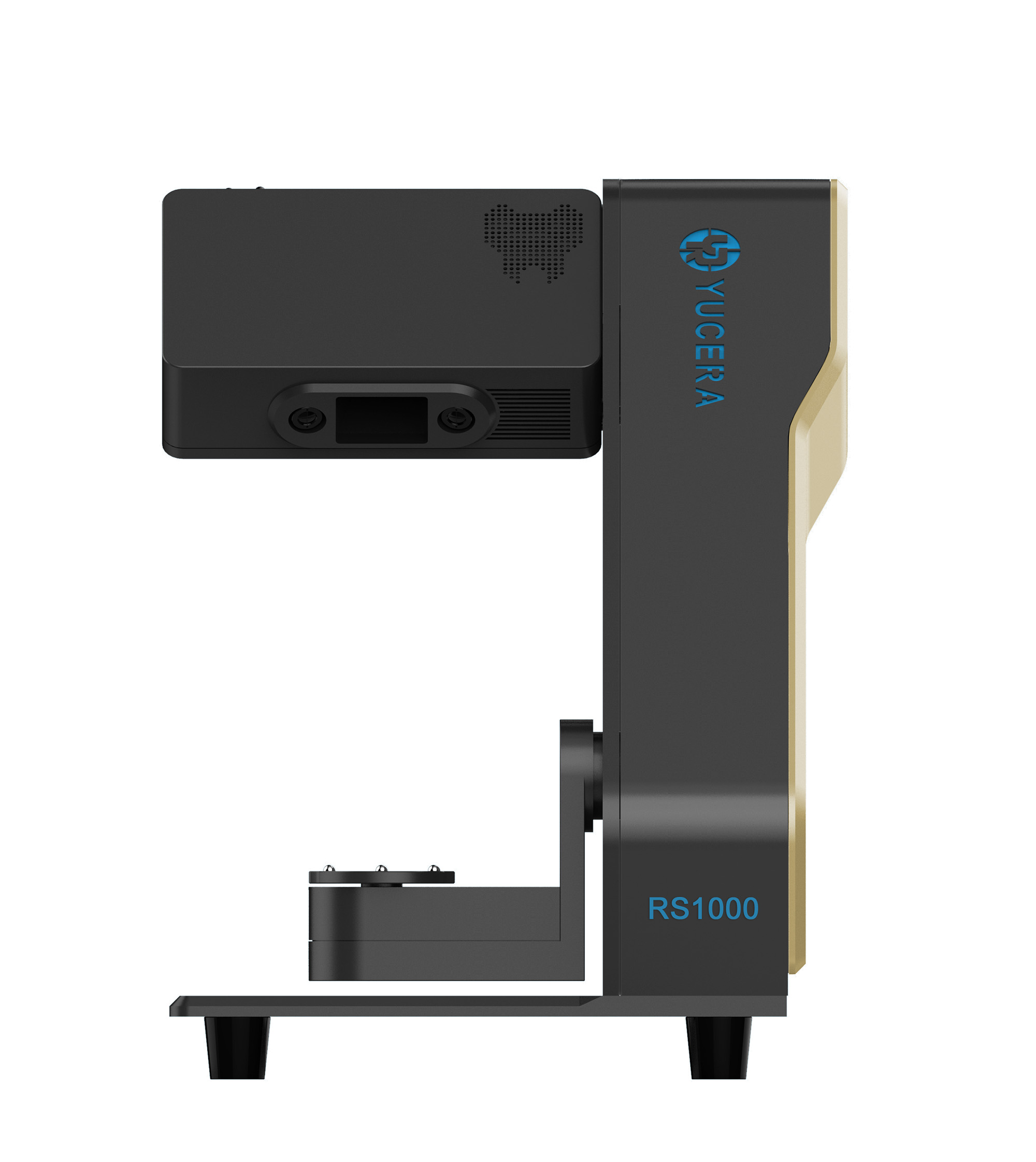
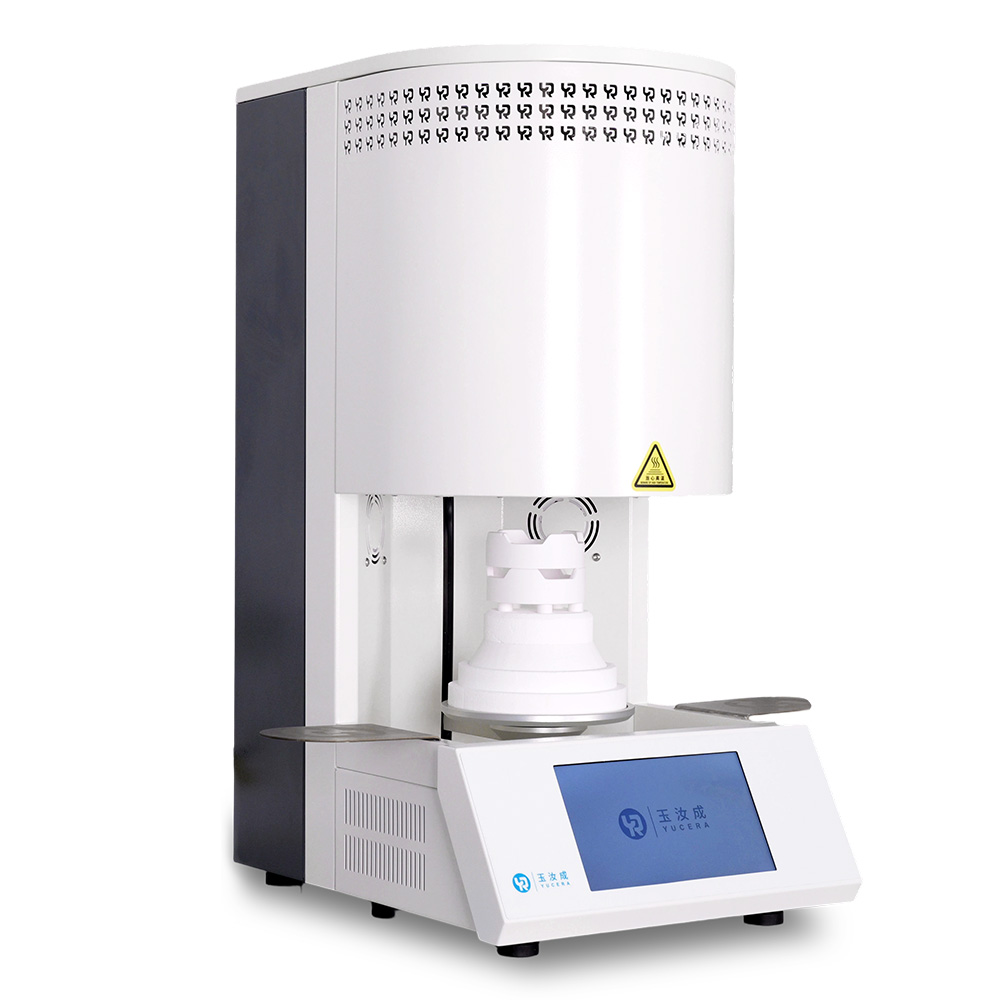
40-min cycle for 60 crowns, dual-layer crucible and 200°C/min heating.
learn more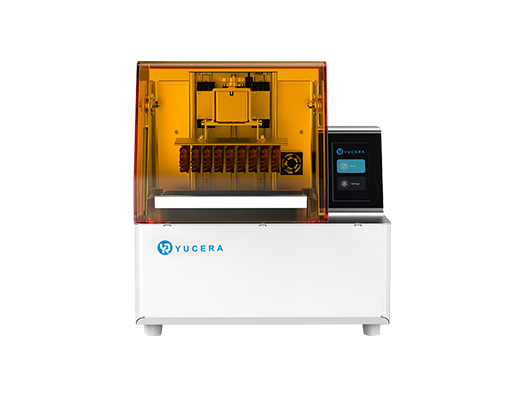
High-speed LCD printer for guides, temporaries, models with 8K resolution.
learn more